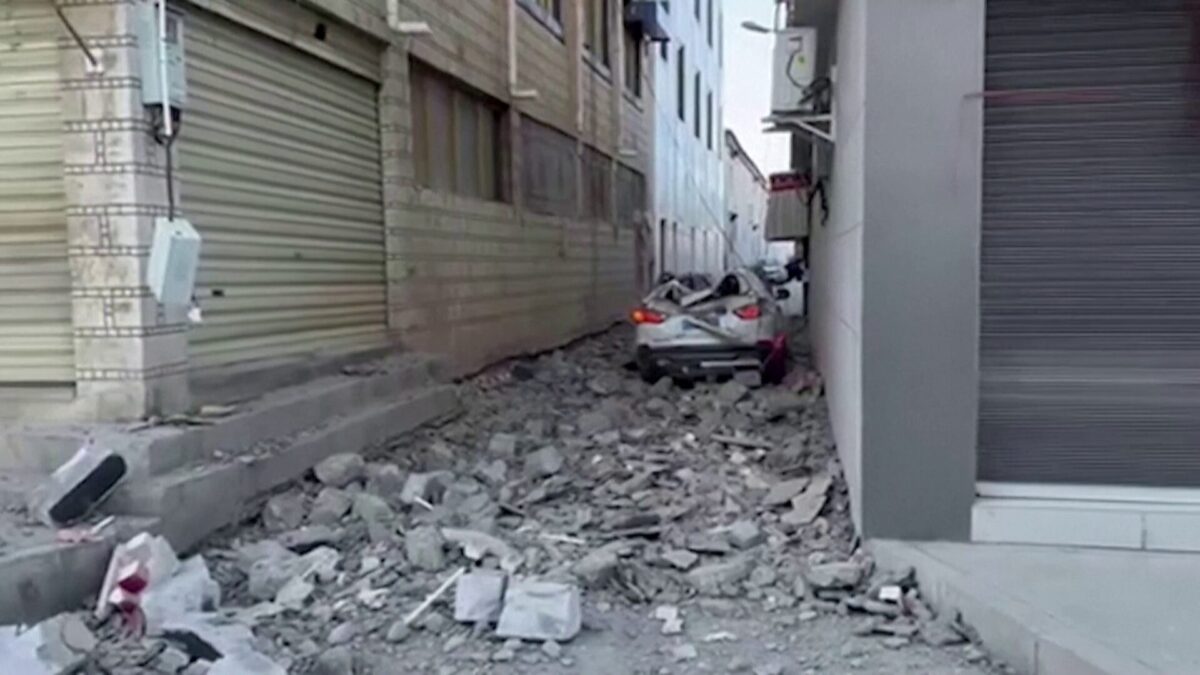BEIJING — A powerful earthquake struck Tibet on Tuesday, killing at least 53 people and leaving dozens injured or trapped as aftershocks rippled through the mountainous region of western China and into neighboring Nepal, officials said.
The earthquake, with a magnitude of 7.1 according to the U.S. Geological Survey, struck near Mount Everest at a depth of about 10 kilometers (6 miles), making it relatively shallow and likely to cause significant damage. Chinese authorities recorded the quake as having a magnitude of 6.8.
State broadcaster CCTV aired footage showing rescue workers in bright orange uniforms climbing through piles of debris in heavily damaged villages. Streets in affected areas were strewn with rubble and crushed vehicles, while numerous homes appeared severely damaged or destroyed.
Approximately 1,000 houses were damaged, and 62 people were injured in addition to the fatalities, state media reported, citing the Tibet Earthquake Relief Headquarters.
The epicenter was located about 75 kilometers (50 miles) northeast of Mount Everest, in a region where the collision of the Indian and Eurasian tectonic plates has created one of the most seismically active zones in the world. This geological activity is responsible for the uplift of the Himalayan mountains, which include some of the world’s tallest peaks.
Rescue operations underway
Within hours of the earthquake, some 1,500 firefighters and rescue personnel had been dispatched to the area, according to the Ministry of Emergency Management. An additional 200 soldiers joined the search for survivors, state media reported.
Chinese President Xi Jinping called for “all-out efforts” to rescue those trapped, reduce casualties, and provide assistance to those displaced. Vice Premier Zhang Guoqing was sent to oversee relief efforts on the ground.
Authorities said approximately 50 aftershocks were recorded in the three hours following the main quake. As a precaution, the Mount Everest scenic area on the Chinese side was closed, and emergency services warned residents to prepare for additional tremors.
Communities near the epicenter
CCTV reported that several communities were located within five kilometers (three miles) of the epicenter, which was approximately 380 kilometers (240 miles) from Lhasa, the capital of Tibet, and 23 kilometers (14 miles) from Shigatse, Tibet’s second-largest city.
Efforts to assess the full extent of the damage and reach remote areas continue, with emergency teams working against time and challenging terrain. For residents of this high-altitude region, the earthquake is a reminder of the persistent threat posed by the forces that have shaped their dramatic landscape.





